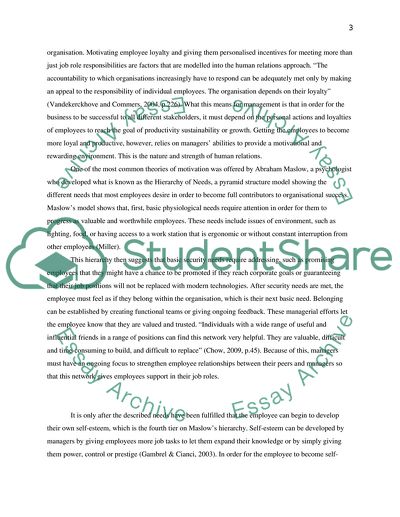Cite this document
(The Human Resources Approach and Human Relations Approach in McDonalds Case Study - 1, n.d.)
The Human Resources Approach and Human Relations Approach in McDonalds Case Study - 1. Retrieved from https://studentshare.org/human-resources/1565062-communication-organisations-and-technologies
The Human Resources Approach and Human Relations Approach in McDonalds Case Study - 1. Retrieved from https://studentshare.org/human-resources/1565062-communication-organisations-and-technologies
(The Human Resources Approach and Human Relations Approach in McDonalds Case Study - 1)
The Human Resources Approach and Human Relations Approach in McDonalds Case Study - 1. https://studentshare.org/human-resources/1565062-communication-organisations-and-technologies.
The Human Resources Approach and Human Relations Approach in McDonalds Case Study - 1. https://studentshare.org/human-resources/1565062-communication-organisations-and-technologies.
“The Human Resources Approach and Human Relations Approach in McDonalds Case Study - 1”, n.d. https://studentshare.org/human-resources/1565062-communication-organisations-and-technologies.


